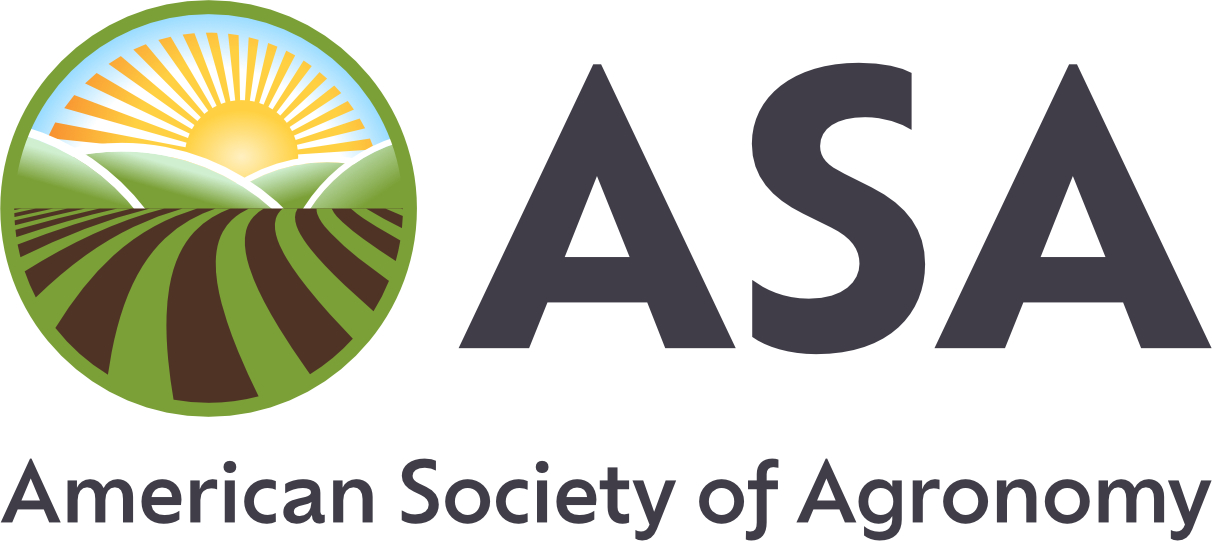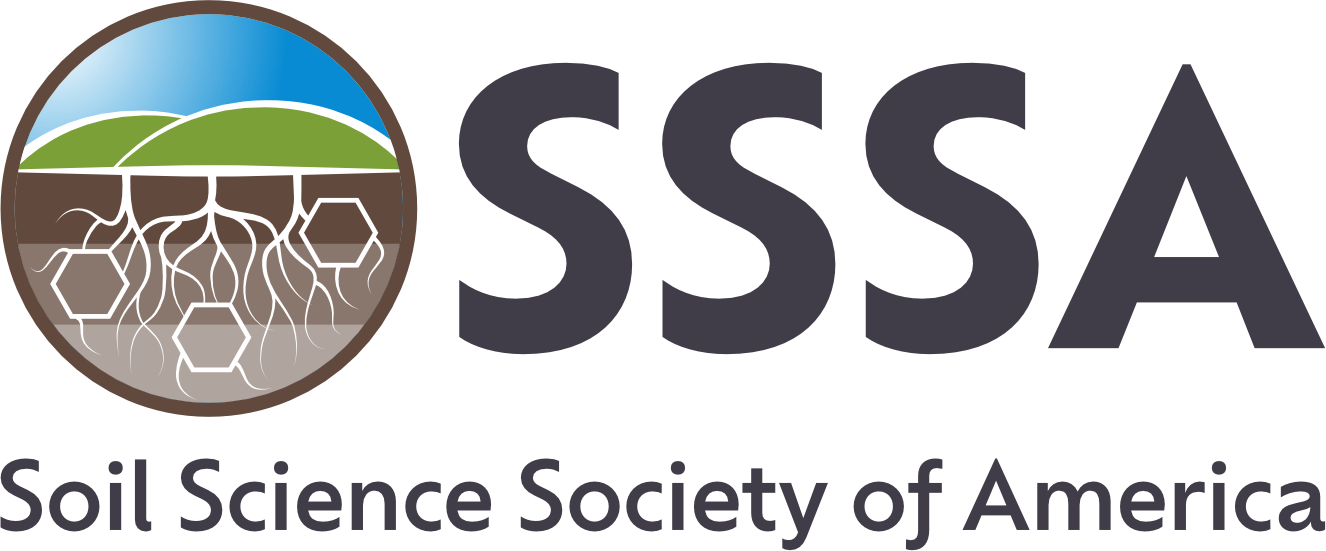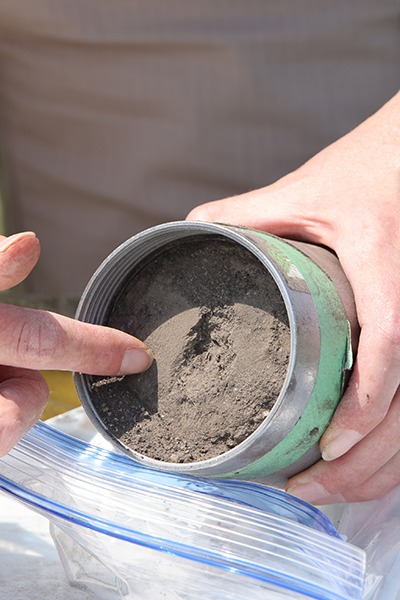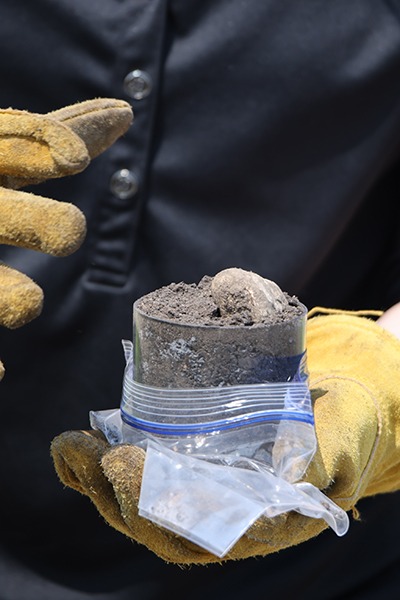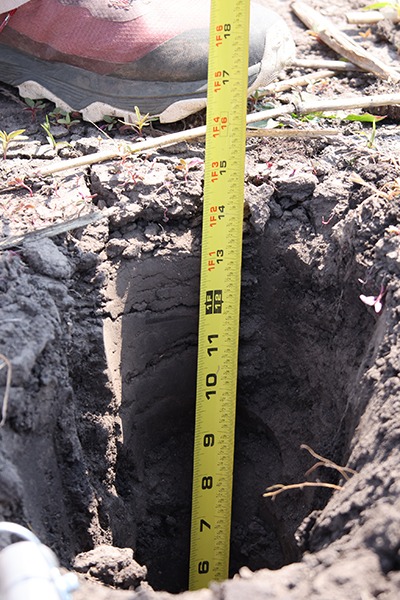What We Know (& Don’t Know) About Enteric Methane Emissions
When we think about emissions from dairy and livestock production, cow burps are at the top of the list. Those burps release methane, a greenhouse gas with 28 times the global warming potential of carbon dioxide. Today, we’re breaking down how enteric methane is formed in the guts of ruminant livestock and discussing new technologies that are helping farmers cut emissions.
Listen in as Dr. Sara Place, an associate professor of feedlot systems at Colorado State University AgNext, describes how enteric methane forms and ways we can reduce emissions.
Dig deeper with these resources about enteric methane:
- “Environmental footprints of beef cattle production in the United States” by Rotz et al, 2019.
- “Cattle and climate change” by Christopher Outcalt, 2023.
- “Enteric methane emissions in grazing systems” by Soder and Brito, 2023.
If you like this episode, keep an eye out for our series on dairy sustainability, brought to you with the generous support of Dairy Management, Inc.
Rather read the transcript? Hit that orange button above.
We want to hear from you! Drop us a line with your questions, comments, or feedback at info@decode6.org.

